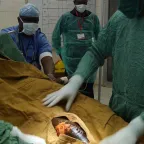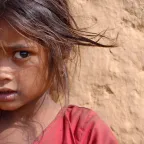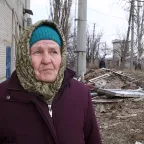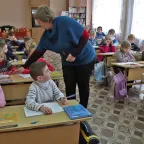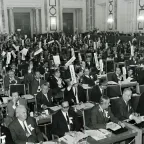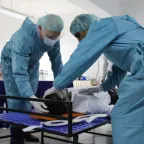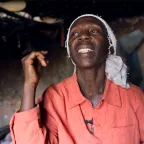Mali: ICRC enables Gao hospital to provide life-saving treatment for community
Fighting left the hospital in the northern Malian town of Gao in a state of chaos and unable to provide care, just when victims of the clashes were most in need of emergency treatment. With support …

